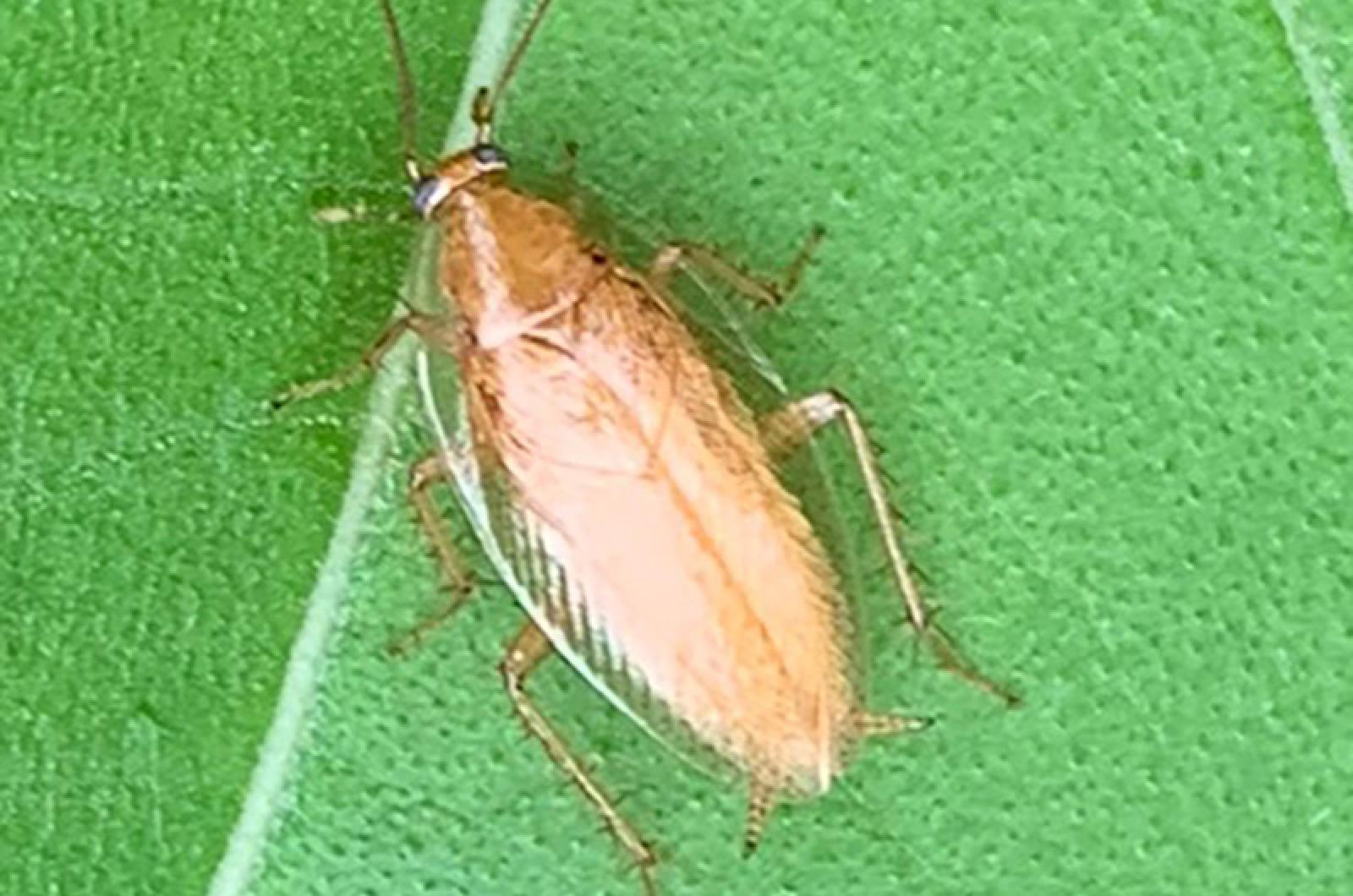Wood roaches are coming out of the woodwork.
Reports are coming in from all over the Island about the abundance of these insects and some of their unintended effects.
They are repulsing homeowners and renters alike. A conversation with a concerned homeowner went like this: “Are they really roaches?” she asked. Yes, I said, but not the bad kind. “Can we call them something else?” You could call them wood beetles or wood bugs, I suggested, trying to put a different spin on the roach’s bad reputation, but that wouldn’t be scientifically accurate.
She needed a euphemism and hoped that the renters knew very little about entomology in order to make the little white lie work. It was the only way to protect the insect, the homeowner’s record of positive review and the renter’s vacation.
Wood roaches were seen as a problem and, even though they are innocent of the terrible traits attributed to other roaches, their presence was deemed unacceptable.
Yes, wood roaches are roaches but lack the horrible habits of their dastardly, dirty and wholly hated cousins. There are more than 4,500 species of roaches worldwide and only 45 are found in this country. Mostly, one will encounter only a few of those.
Roaches bring out the worst in people and generally for good reason. Most types are secretive and intrusive, carry disease and signify filth and pestilence. The wood roach has none of these bad habits.
Wood roaches, Parcoblatta pennsylvanica, are the smaller, country relatives of the American, Oriental and German varieties of cockroaches. Our local variety much prefers to live in the woods rather than the house and only find themselves in your home by accident. Normally, these insects associate with wood (thus the name) – inhabiting a woodpile, living under logs, habitating stumps and below the leaf litter, as they require consistently high humidity and moisture to survive.
They end up in your domicile by mistake, perhaps drawn to your porch light, following a mate through the cracks in the foundation or via a broken screen or gap in the door. They won’t harm your house, your family or your possessions in any way.
Wood roaches are found singly, so if you find one, you’ve found one. A single wood roach doesn’t mean that there is an infestation and won’t likely lead to one. The only time that you are likely to see multiple wood roaches is during their breeding season in May and June since they don’t otherwise congregate. Two is definitely a crowd for these rugged individualists. They also don’t hide or scurry away when you turn on the light since they are not light-sensitive like the other varieties – so don’t be surprised if they crawl out of an outdoor light switch or socket. Disturbed, definitely; just not surprised.
The wood roaches that find themselves in the house want to get outside as much as you want to get rid of them. Because they need constant moisture, your house is too dry and they can’t survive the lack of humidity. Inside equals death for these insects and they won’t mate or reproduce in your house.
To keep them outside, block access to your home by caulking cracks and crevices, trim overhanging trees that might form a bridge to your home via the roof, decks or windows, remove leaves near the foundation of the house and keep the woodpile off of the deck and away from the building.
Take heart: wood roaches will head back to their humid haunts after the breeding season – they will bug you (and your guests) only temporarily.
Suzan Bellincampi is director of the Felix Neck Wildlife Sanctuary in Edgartown, and author of Martha’s Vineyard: A Field Guide to Island Nature and The Nature of Martha’s Vineyard.







Comments (1)
Comments
Comment policy »